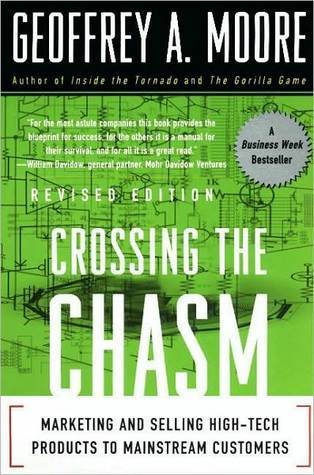More on this book
Community
Kindle Notes & Highlights
and to focus on winning their trust. When pragmatists buy, they care about the company they are buying from, the quality of the product they are buying, the infrastructure of supporting products and system interfaces, and the reliability of the service they are going to get. In other words, they are planning on living with this decision personally for a long time to come. (By contrast, the visionaries are more likely to be planning on implementing the great new order and then using that as a springboard to their next great career step upward.)
Again, the concept is simple. For a given target customer and a given application, create a marketplace in which your product is the only reasonable buying proposition.
That starts, as we saw in the last chapter, with targeting markets that have a compelling reason to buy your product. The next step is to ensure that you have a monopoly over fulfilling that reason to buy.
One of the most useful marketing constructs to become integrated into high-tech marketing in the past few years is the concept of a whole product, an idea described in detail in Theodore Levitt’s The Marketing Imagination, and one that plays a significant role in Bill Davidow’s Marketing High Technology. The concept is very straightforward: There is a gap between the marketing promise made to the customer—the compelling value proposition—and the ability of the shipped product to fulfill that promise. For that gap to be overcome, the product must be augmented by a variety of services and
...more
Augmented product: This is the product fleshed out to provide the maximum chance of achieving the buying objective. In the case of a personal computer, this would include a variety of products, such as software, a hard disk drive, and a printer,
the simplified model there are only two categories: (1) what we ship and (2) whatever else the customers need in order to achieve their compelling reason to buy. The latter is the marketing promise made to win the sale. The contract does not require the company to deliver on this promise-but the customer relationship does. Failure to meet this promise in a business-to-business market has extremely serious consequences.
What does work for product managers, on the other hand, are tactical alliances. Tactical alliances have one and only one purpose: to accelerate the formation of whole product infrastructure within a specific target market segment. The basic commitment is to codevelop a whole product and market it jointly. This benefits the product manager by ensuring customer satisfaction. It benefits the partner by providing expanded distribution into a hitherto untapped source of sales opportunities.


